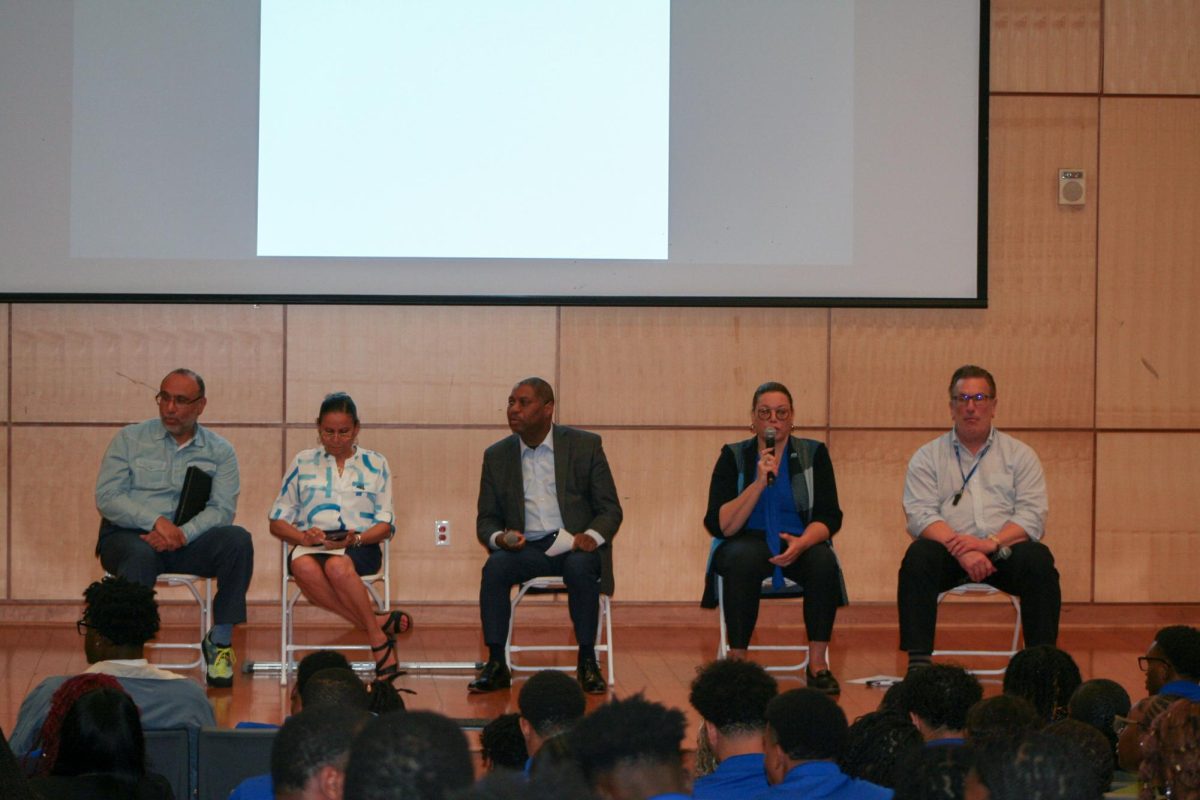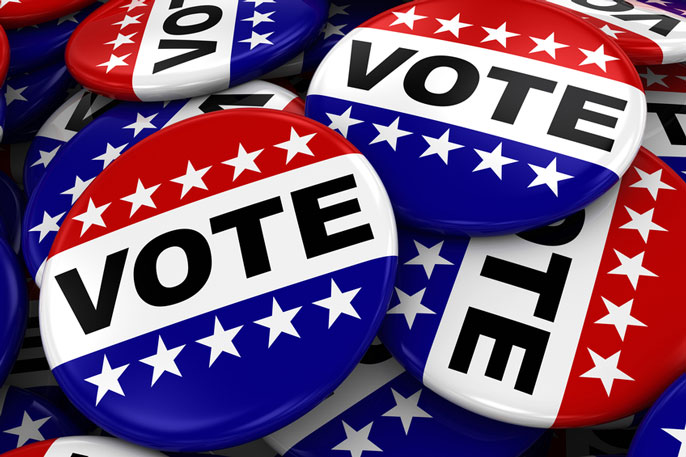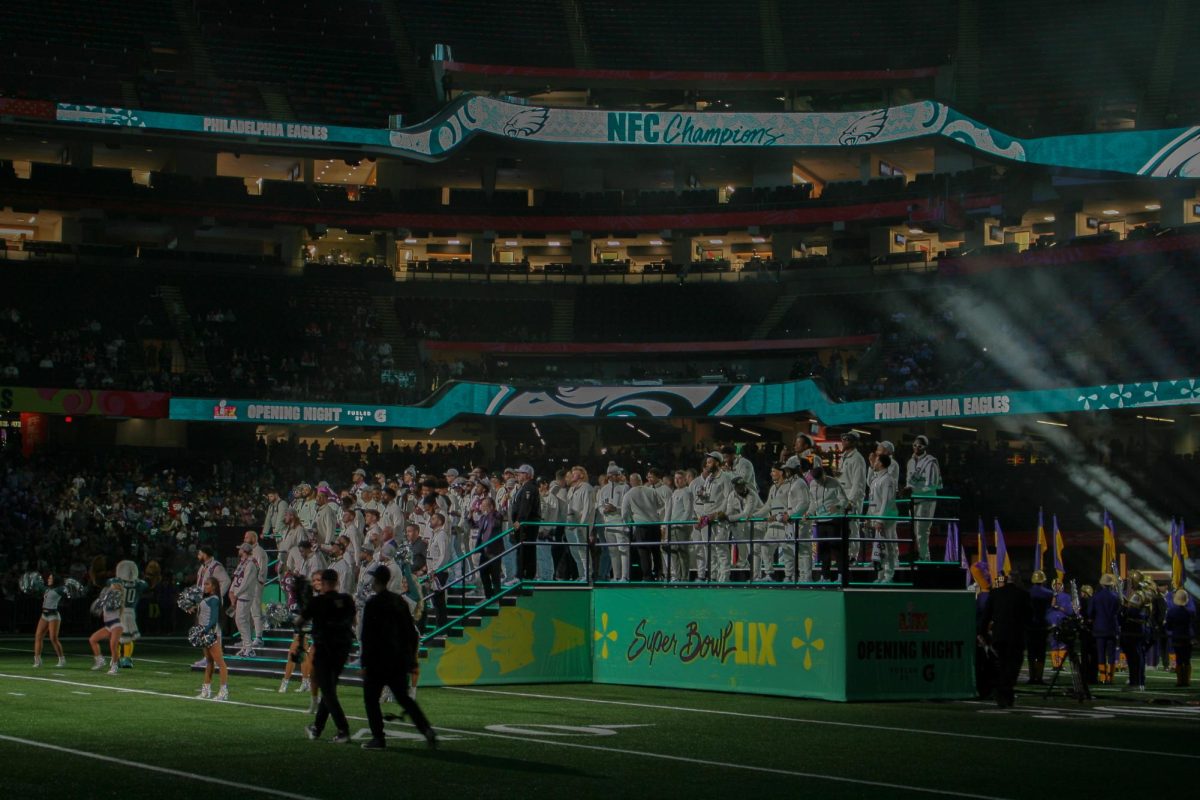Besides finalizing a new class schedule, purchasing school supplies, and dealing with the hassle of insuring that financial aid is in place, students are faced at the beginning of each taxing semester with dealing with the constant rise of textbooks.
Sites like http://www.half.ebay.com/ and http://lulu.com, make ordering textbooks online simple. Lulu.com gives students the option of downloading the whole textbook online, which saves the cost of shipping and handling and also defers time. Textbooks from half.ebay.com and lulu.com can range anywhere from $40 and up. For example, on Lulu.com one book might cost $25.99 plus shipping and handling or you can simply download the book for $12.99.
“Going online is not always the best option for students,” said VP Public and Campus Relations of Dillard’s bookstore provider, Follett, Chris Ewelk. “I have heard of many instances were students received damaged and wrong editions of books that they are not able to return.”
“The most expensive book I purchased was freshman year because it was a pre-requisite and of course those books tend to cost more,” said Sharon Walker, a senior sociology/social work major from Dallas, Texas. “I found myself freshman year spending more than $500 on books each semester.”
According to a recent College Board study, college students around the U.S. spend an average of $425 a semester on textbooks. Depending on the type of class and the amount of required materials (i.e. workbook, CDS); the price of a textbook can vary significantly. Freshmen tend to spend more money on textbooks but when students begin to matriculate through various grade levels the less money they begin to spend.
“Every year it seems like new editions are constantly coming out, causing it harder for me to recycle books or for me to pass along my books to friends and classmates,” said Unique Oliver, a junior economics and finance major from San Francisco, Calif.
“I don’t understand the rise of books. I wish they [publishers] could explain to the students why books cost so much, but since we do not know it is unnerving,” said Ronnell Perry, SGA vice president. “Then when you try to sell your books back, you get way less money than you originally paid for it.”
Full-time college students quickly turn into young business entrepreneurs. Around campus, many students decide to post flyers advertising how much they are willing to sell their textbooks; however, students are not selling these textbooks for dirt cheap — merely a few dollars cheaper than the bookstore.
Many students prefer to purchase used books expecting to cut back on textbook expenses. With the rising prices in bookstores students sometimes do not even purchase the textbook for class.
Ewelk advises students to shop in the bookstore for used textbooks that can save students at least 25%.
“Since my last resort is going to the bookstore, once I get there, there is a thin line between new and used books,” said Oliver. “Seems like there is no such thing as purchasing a used book because they are always sold out – I like my highlighted pages.”
Publishers do not earn any profits from students purchasing used books; so many used books generally cost as much as a new book.
“I know many people who don’t purchase books for class,” said Oliver. “I always try to purchase mine because it helps me keep up in class.”
Some students are taking more drastic measures to deal with the expensive cost of textbooks like not purchasing them at all or even mooching off students who have purchased the required text.
Many times textbooks can be found cheaper online than in bookstores and other times textbooks can be found cheaper in bookstores than online. Students should always weigh their options when it comes to purchasing textbooks and not sacrifice financial obligations or grades.




























